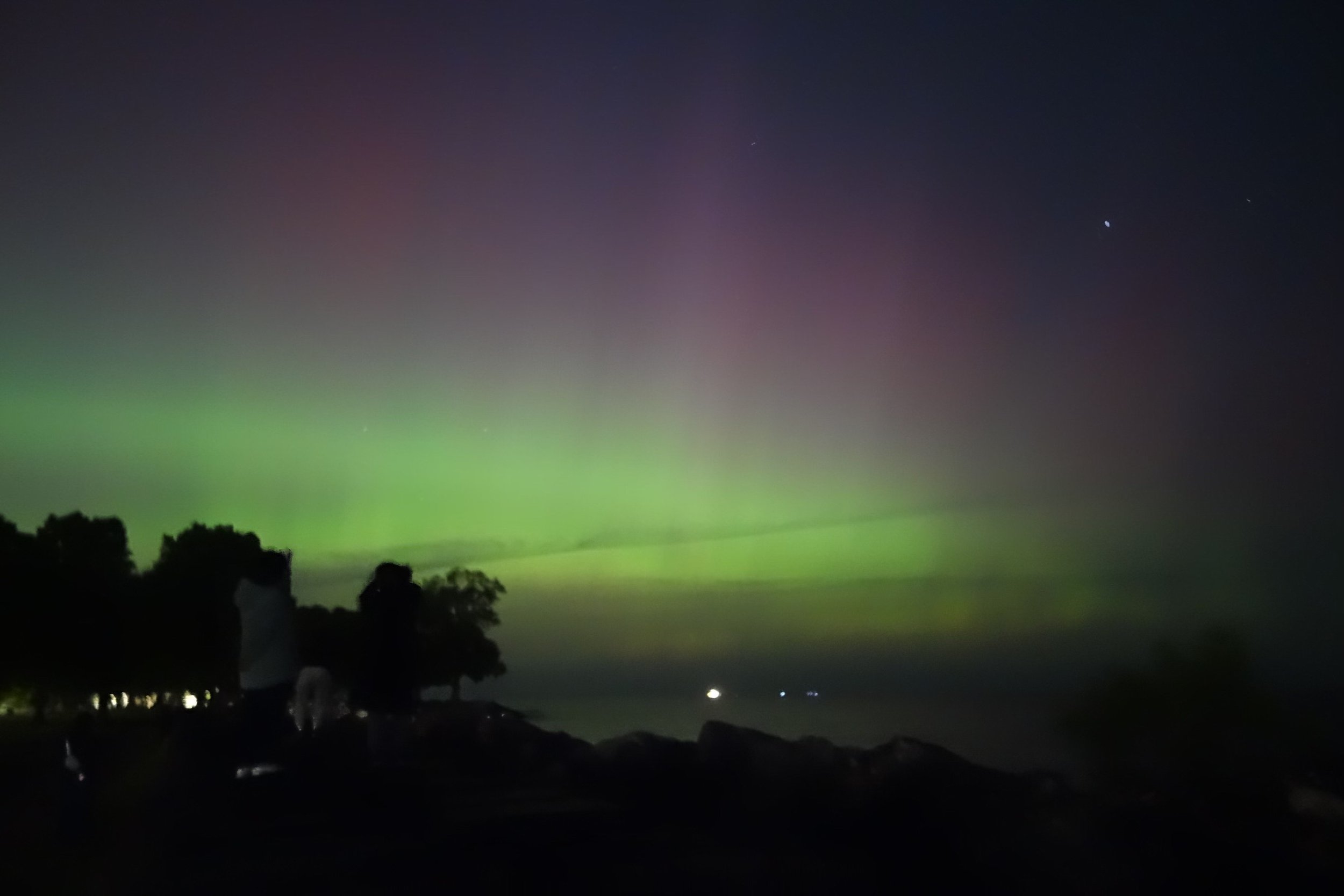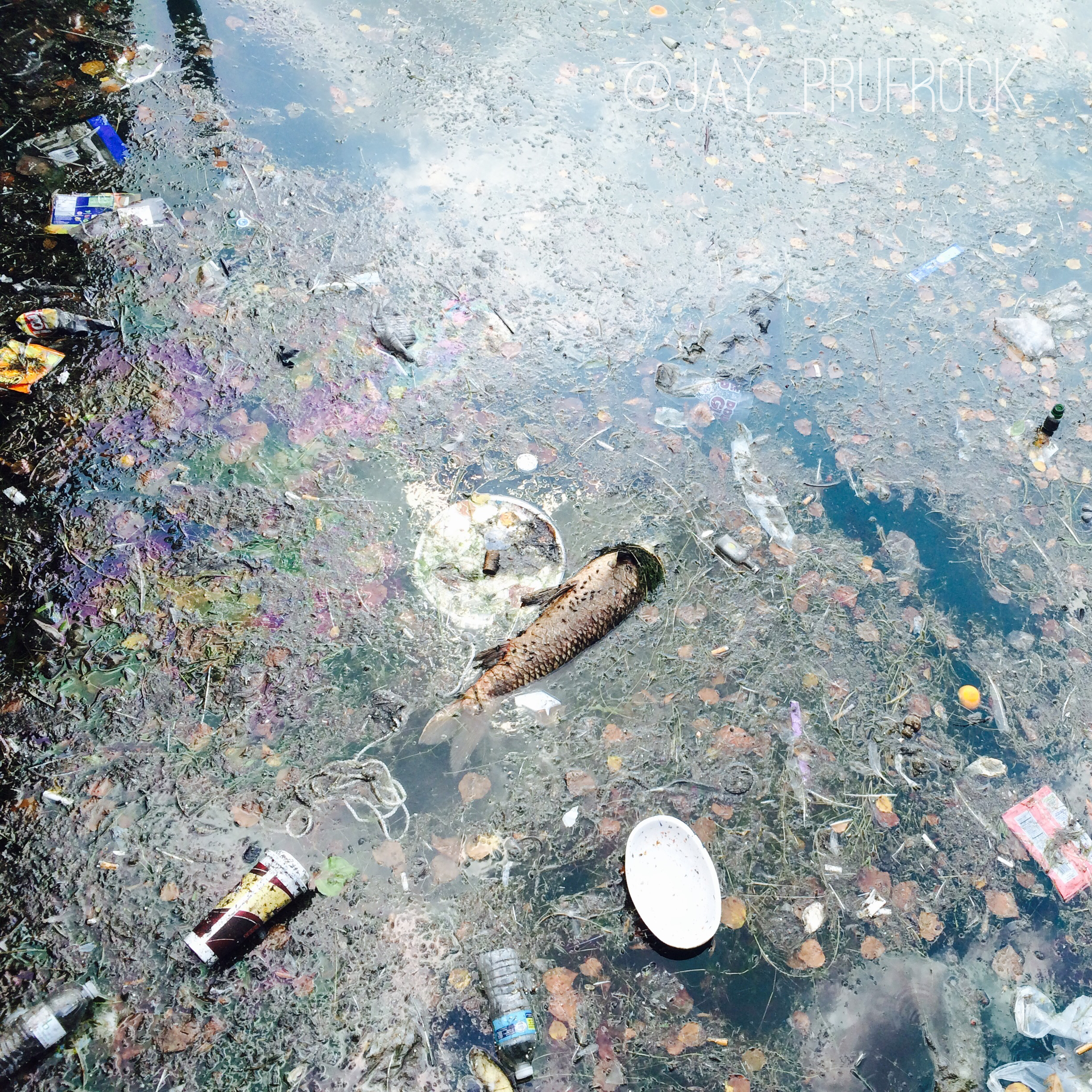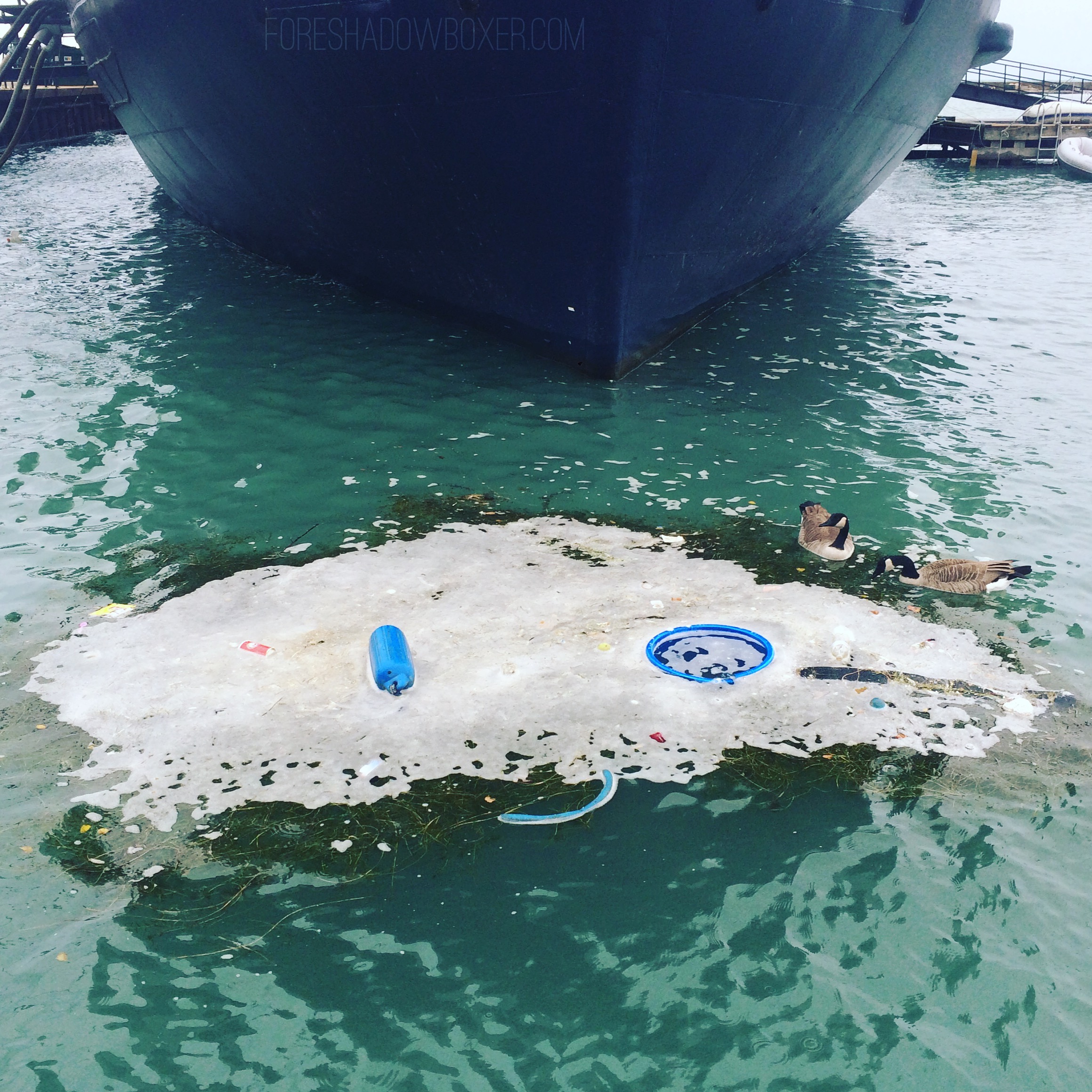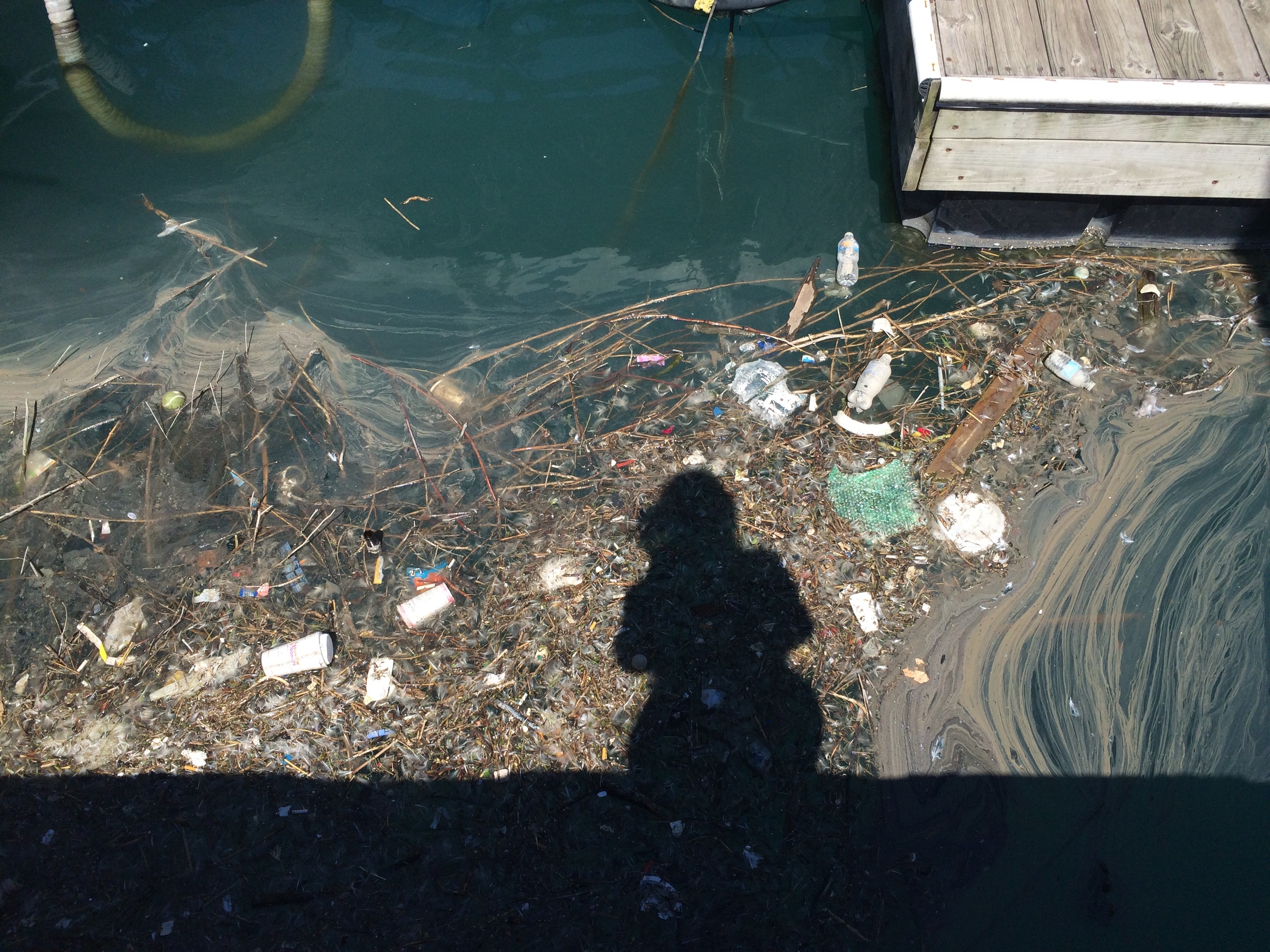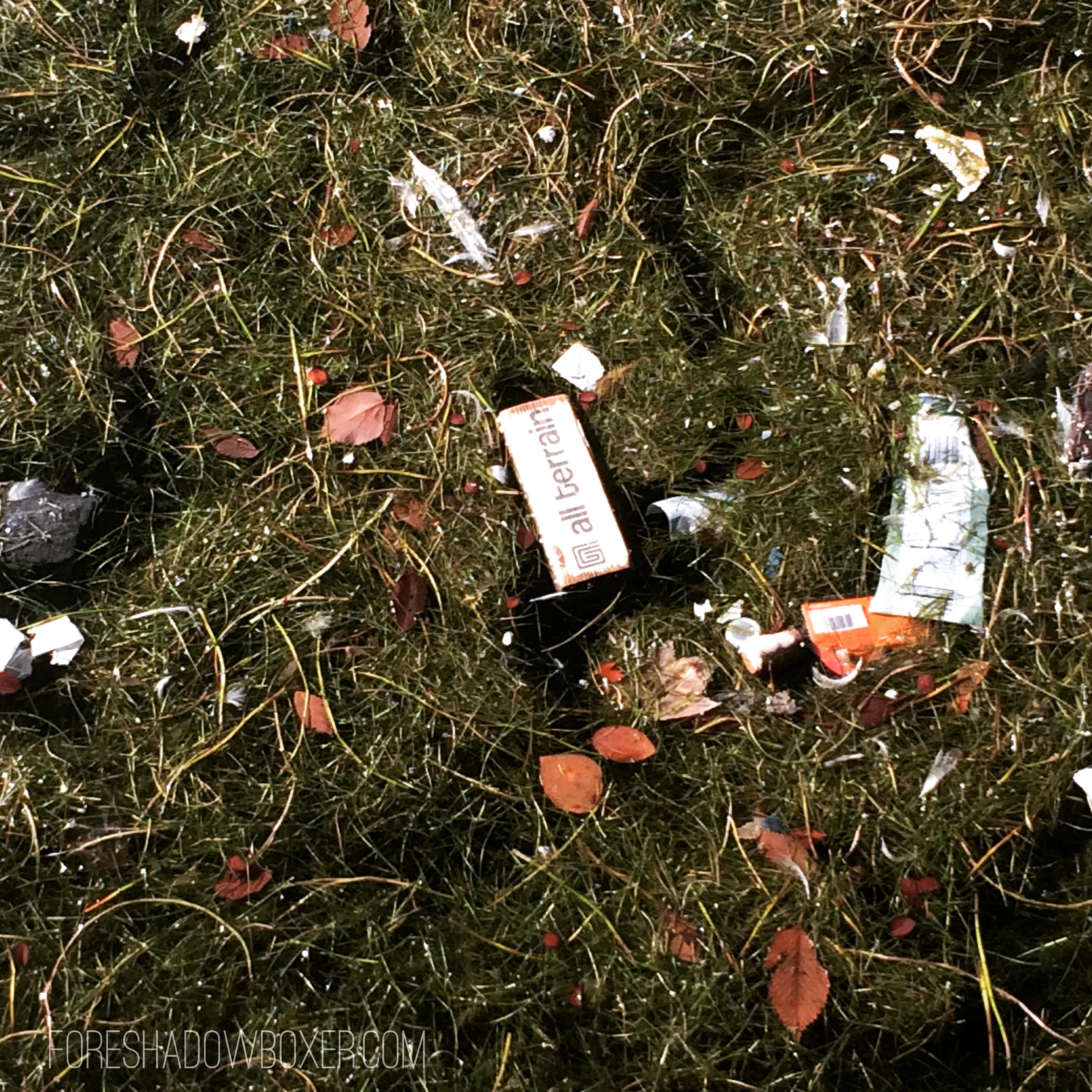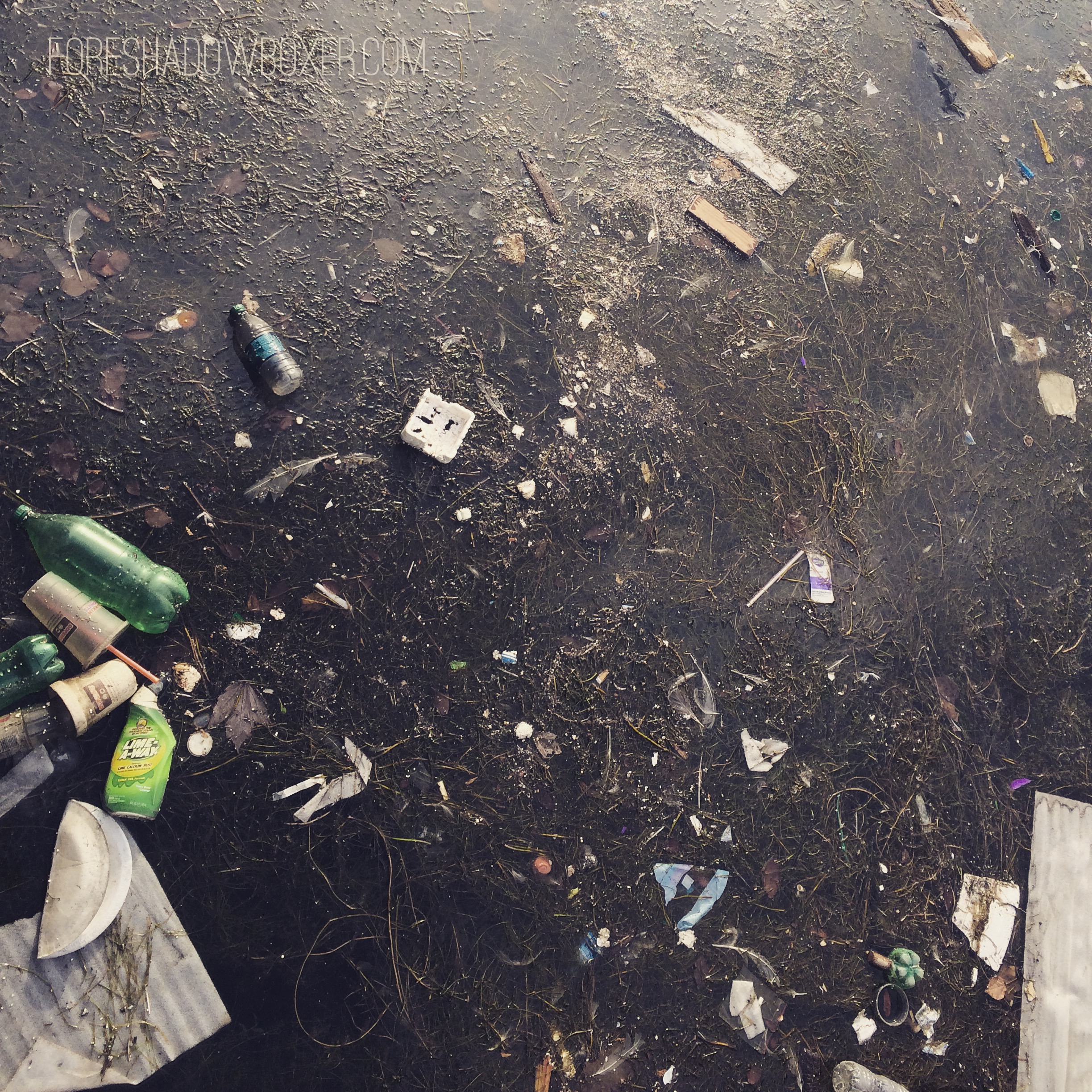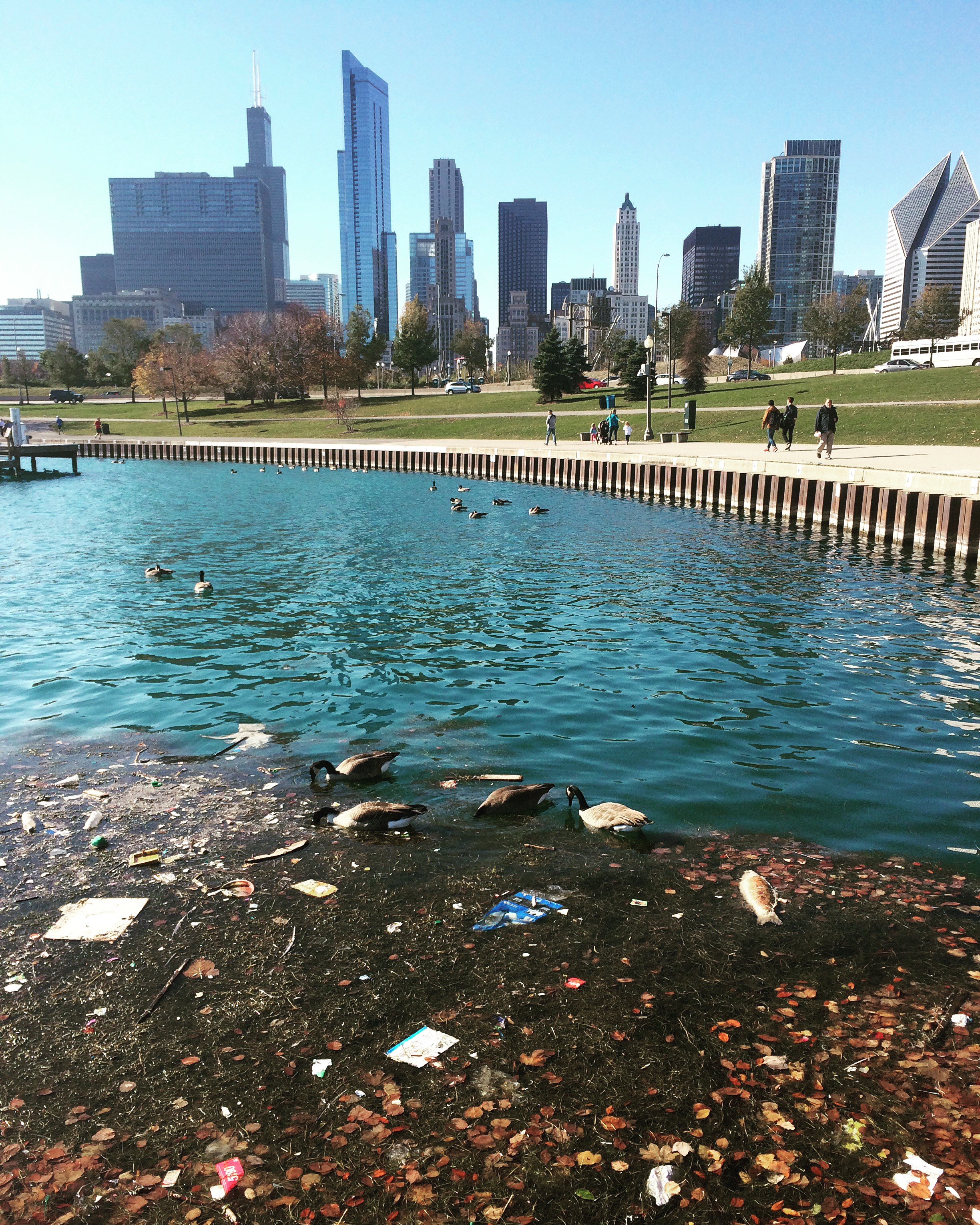Lake Michigan, October 7, 2024 (KP - 5.67)
In the Beginning
I’ve wanted to experience Aurora Borealis for as long as I can remember. As a kid it seemed impossible, because at the time it was only visible in faraway places. I put it on my bucket list all same, and got a bit more proactive when I read places like northern MI, WI and MN would see an uptick in sightings through 2024 and into 2025.
We spent our last two family vacations chasing the lights in those states to no avail. But then, by some gift-from-the-universe miracle, they started making appearances even further south, with the greater Chicago area often “making the cut” on maps used to forecast Aurora’s nightly reach. I wound up seeing them for the first time less than a mile from my home in May. And then this past week: I saw them twice. But these sightings were by no means sheer luck. They took time, effort and – this one is especially important – patience.
Lake Michigan, May 11, 2024
I recall when they first appeared here in May, the lakefront was packed with like-minded souls on a quest to see the elusive lights. But this past week, I was the lone person at the lake, soaking in this magnificence all by my lonesome. At first I wondered if that sighting back in May had been sufficient to quell the area’s collective appetite for the lights. But then, after talking to a handful of folks, I realized most actually hadn’t seen them yet. There was a desire to but an uncertainty about how to do it, where to go, and what to expect.
I am by no means an astronomer or a meteorologist, so take this advice with a grain of technicolor salt. Suffice it to say I’ve been stalking aurora since early 2023; I’ve actively gone out in search of it on 9 occasions and only seen them on 4. But those 5 failures and 4 successes taught me a lot, and I’m happy to share in hopes of spreading the awe.
TLDR;
I go into detail on all of these below, but if you need a quick and easy guide, here you go:
Pay attention to the news and monitor KP numbers.
Anything over a KP of 5 can pop up in the Chicago area if conditions are just right (but the higher the KP, the better).
You need a dark, clear sky. Avoid light pollution and cloudy weather. For those in the Chicago area, this means either heading to the lake, a forest preserve with open spaces, or a nearby rural community.
Make sure you’re looking to the north/northeast, at and above the horizon.
It’s very unlikely you’ll see — with an unaided eye — the vibrant colors we’ve all come to recognize in photos. Instead, look for grayish white hues that don’t look like clouds and possibly (but not necessarily) have noticeable movement.
When it doubt, hold up your smart phone or camera; if the lights are there, the colors will pop through a newer smartphone or camera.
Be patient. Conditions need to be JUST RIGHT for the Northern Lights to make a grand entrance, and they don’t always last for long (anywhere from a few minutes to over an hour). I recommend waiting a good 1-3 hours while also monitoring KP numbers.
Be persistent. You might need to go out a few times before you have any luck.
Bring the comforts of home (e.g. chairs, picnic blankets, layers to stay warm, friends/family, etc.); this makes it easier to abide by tip #7.
Embrace the experience, no matter the outcome.
Temper Your Expectations
Aurora is only faintly visible here (KP - 5.33)
It is very unlikely you’ll see Aurora Borealis in full color without the aid of a newer camera / smartphone. This is because we’re in northern Illinois, not the arctic tundra, though I’ve read some Aurora chasers in Finland say that even there you sometimes need a camera to see all the colors.
It would take a very powerful storm for the full colors to be visible here without the aid of a technological device. Such a storm IS possible, but the ones we’ve been getting here require a little extra help to be fully appreciated.
Thankfully, many of us have all the tech we need to see the full color display in our pockets (and if you know what to look for, you CAN see the lights without the camera – the camera just helps bring out the colors we’re all expecting to see).
Unfortunately, seeing the full colors won’t come easy with older smartphones. My 5-year-old, 3-lens iPhone picks up the lights; my husband’s single-lens, 6-year-old iPhone doesn’t.
If you have an older phone that doesn’t offer night mode and/or manual controls, research camera apps that might give you that ability. There are some out there, but I haven’t tested any and so cannot vouch for them.
Research, Research, Research
Pay attention to the news but don’t rely solely on the news. If they say aurora is likely to be visible near you anytime soon, perk up and start actively monitoring the other resources I link to below. But you might also want to casually stroll through those other resources from time to time; sometimes the peaks don’t make the news.
3-Day Forecast (Link)
I use this site just to have some idea of how things are looking for the next three days. If it says the “High Latitude 3-Day Aurora Forecast” will be 7 or above, I take note. If it’s an 8 or above, I start to seriously consider re-arranging my evening plans for the day. If it’s a 9, as it was this past weekend, I absolutely do.
2-Day Forecast, With Map (Link)
Anything within the thin red line on this page is within the range of possibility. I normally use this to gauge whether or not it’s worth going out, but I have to say: This isn’t an exact science. None of it is. I mean, it’s science. Yes. But there are so many factors that determine whether or not aurora will be visible – and where, and when – that it’s important to know that sometimes we’ll be above the red line and might not see a thing. Others, we’ll be below it but might still see something. This is where monitoring KP numbers in real-time comes into play.
Real-Time Prediction (Link)
This website updates every 2 minutes and shows the forecast up to 14 minutes out.
The bigger the KP number, the better our odds of seeing some lights in the Chicago area.
According to the site’s own map, northern Illinois will only see lights if the KP number is a 7 or above. But I’m here to say: I’ve seen the lights 3 times, and each time the KP number was in the 5-6 range.
If I see the KP become a 5.33 or above, and the weather is clear and my schedule is free, I head out to try to see them.
Local Weather
It doesn’t matter what’s happening with the sun and the resultant magnetic storms if it’s rainy, cloudy, foggy or stormy where you live. You need a mostly clear sky to have any chance of seeing Aurora Borealis.
Find a Dark Corner Near You
Whether you head to the lake or a rural area will depend on where in the Chicago area you live and what’s easiest/closest/safest.
Think of the darkest place you can go that has an open view of the northern sky and head there.
Thus far all of my sightings have been on the lakefront on a particularly dark beach, where I had a view of the horizon (apparently lower KPs are generally most visible along the horizon, rather than high up in the sky).
Timing is Everything
Technically the KP number is everything, but it’s important to note you’re unlikely to see the lights until a little after the sun has fully set. I keep reading things that say Aurora Borealis is most active from 12-2a, but I’ve seen them at 9p, 9:30p and 11ish.
Bring a Friend (or Two)
This kind of experience is better when shared. But even more than that: Hanging out in expansive, dark spaces can be kind of unsettling, particularly if you’re the only person there – as I was the last two times – and another lone stranger approaches.
Make Yourself Comfortable
How long you’ll be out will depend on how patient you can be (and how shy the aurora is that night). If you’ll be out for more than a few minutes, you might as well bring a few comforts from home and make a night of it. I recommend packing the following:
Fully charged, newer camera and/or camera phone (this is required if you want to see the full colors)
Lawn chairs and/or a picnic blanket
Flashlight (but don’t use it unless you must)
Water
Snacks
Wireless charger for said phone
Bug spray (depending on the season)
A hat, jacket/coat and/or gloves (depending on the season)
Know What to Look For (And Bring Your Camera)
As mentioned earlier, it’s unlikely (but not impossible) you’ll be able to see the lights in all their glory with your naked eye in the Chicago area. So what exactly are you looking for?
The rosy hues here appeared as unusual color blocks that were barely visible to the unaided eye (KP - 5.33)
Make sure you’re looking to the north (on the horizon or above), but note that if you’re along the lake you’ll see a bit of them over the lake, too.
Be on the lookout for a grayish white presence or any other changes in the sky’s “natural” hue. These can be super subtle and easy to miss. You might notice them moving in an unexpected way (but they also might move so slowly that you don’t notice).
For one of my experiences, my clue that something was happening was that the darkest parts of the sky seemed to have somehow gotten even darker (with the deepest of purples just barely evident over the horizon). When I held up my camera, that darkness turned into a brilliant fuchsia.
For my other two experiences, I could actually see the lights appear and move, swirling about in some places and staying seemingly still in others – they just weren’t in full color. Much of the lights were a greyish white to the naked eye, but there were other shades too. I just couldn’t make them out until I held up my camera and let out a sigh. IT’S SO PRETTY, Y’ALL.
Patience is a Virtue
As I said, I’ve actively sought out the lights on 9 occasions and only seen them on 4. Each trip was 1-3 hours and involved lots of waiting, observing, monitoring the KP numbers and – yes – holding up my camera to fact check my eyes.
Prepare to Be Disappointed
Lake Michigan, Oct. 7, 2024 (KP - 5.67)
I’ve been out when the KP number was a 7 – which is supposed to be a sure thing on a clear night for this area – but I saw nothing. I’ve seen an 8.33 be super faint (because the bulk of the particles were pushed further east). I’ve seen them appear and disappear in under 5 minutes (though on 3 occasions, they were visible for 10-30 minutes). Point being, some nights they’re there when the odds are low, and not there when the odds are high. You might go out and not see a single thing. Or you might wait an hour and see everything. That’s part of what makes these lights – and the experience of seeing them – so darn special.
In Sum
Discovering these displays of celestial magic can be a bit of a time commitment, so make the most of it. Go some place where you’ll be happy to just sit and observe and commune with the universe – and whichever friends or family you take with you – for a while.
You might not see it on the first try. It might take a few hours, or you might need to pack up and try again some other day.
But trust me when I say it’s worth the effort.


